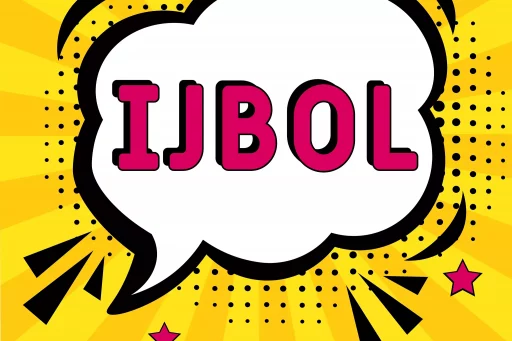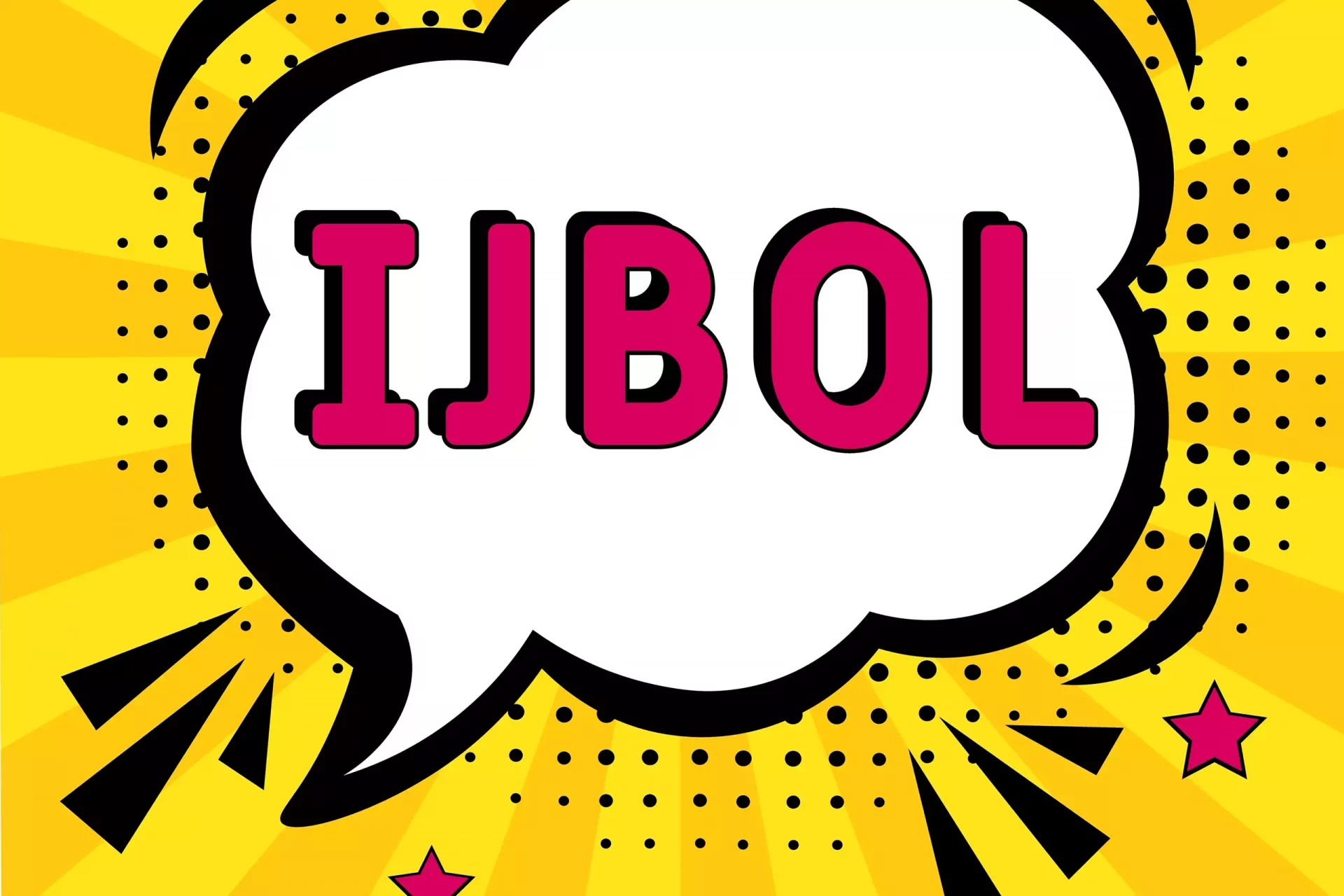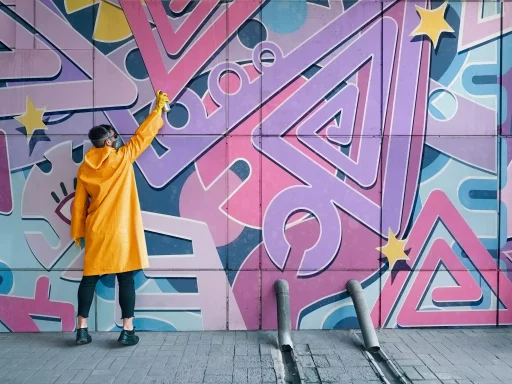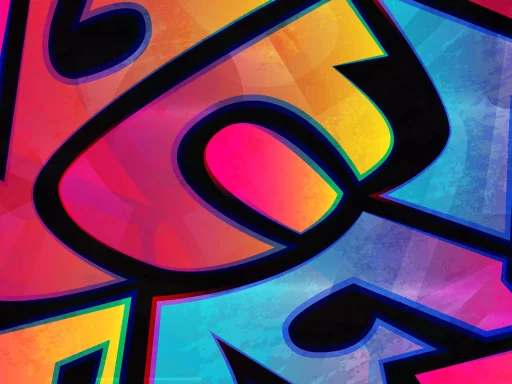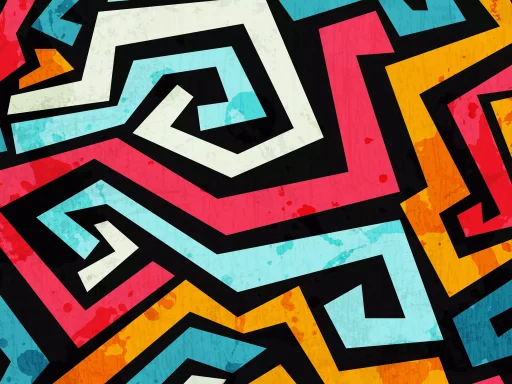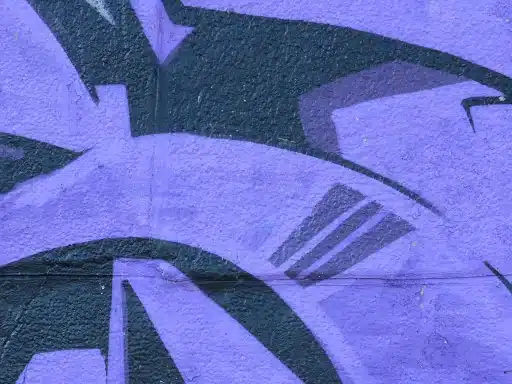Introduction to Wave Slang
In the ever-evolving landscape of online communication, new forms of language emerge that reflect the cultural shifts and trends of the digital age. One such phenomenon is ‘wave slang’, a term that has come to encapsulate the unique vernacular developed within social media, gaming communities, and forums.
What is Wave Slang?
Wave slang refers to the colloquial terms and expressions utilized primarily by younger generations on platforms like TikTok, Twitter, and Instagram. It is characterized by its fluidity, creativity, and often humorous twist on traditional language.
The Origins of Wave Slang
The term ‘wave’ reflects the transient and viral nature of these slangs, as they can gain rapid popularity and just as quickly fall out of use. This slang is greatly influenced by various cultural phenomena, including memes, pop music, and notable online trends.
Examples of Popular Wave Slang
To better understand wave slang, let’s explore some common terms:
- Bet: Used to convey agreement or affirmation, similar to saying ‘okay’ or ‘sure.’
- Flex: To show off or boast, typically regarding wealth or skills.
- Simp: A person who shows excessive sympathy and attention toward someone, often used humorously.
- Drip: Refers to a person’s style or fashionable appearance, often linked to clothing.
- Vibe Check: A casual inquiry about someone’s current state or mood.
Case Studies: The Impact of Wave Slang
To illustrate the influence of wave slang, consider these case studies involving pop culture and social media trends:
Case Study 1: TikTok and Language Evolution
On TikTok, wave slang has significantly influenced how content is created and consumed. For example, the phrase ‘that’s the tea’ gained traction as a way to share juicy gossip. This popularization has not only increased its usage among teens and young adults but has also led to its incorporation into everyday language, showcasing the word’s migration from online to offline dialogue.
Case Study 2: Social Justice Movements
During the surge of the Black Lives Matter movement, slang terms like ‘cancel culture’ took center stage at crucial discussions about accountability and influence online. These terms often featured in hashtags and social media posts, demonstrating how slang can amplify important conversations.
Statistics on Wave Slang Usage
Understanding wave slang’s reach and influence can be quantified through a number of statistics:
- According to a 2023 study, over 80% of Gen Z respondents reported using wave slang in their daily conversations.
- A survey indicated that 65% of millennials believe that wave slang impacts mainstream media language.
- Social media platforms report a significant increase in content engagement when wave slang is incorporated into posts or captions, averaging 35% more interactions.
The Evolution of Language
Wave slang is not merely a fad; it’s part of an ongoing evolution in language. Historically, every generation has developed its own dialects and expressions. Similarly, wave slang reflects the fluid nature of communication and the desire for connection among peers.
Criticism of Wave Slang
Despite its popularity, wave slang faces criticism for potential erosion of language clarity and grammar. Some educators worry that excessive use of slang might hinder formal communication skills among youth. Yet, proponents argue that slang enriches language diversity and fosters creativity.
Conclusion: The Future of Wave Slang
As digital communication continues to evolve, so will wave slang. It’s likely that new terms will emerge, while others fade away. Regardless of its shifts, wave slang reflects the times and the vibrancy of the communities that use it, highlighting the blend of culture, humor, and connection within today’s society.
Engage with Wave Slang
To immerse yourself in this dynamic aspect of modern language, consider exploring platforms like TikTok or Twitter, where you can not only learn but also contribute to the ongoing dialogue shaping wave slang.
